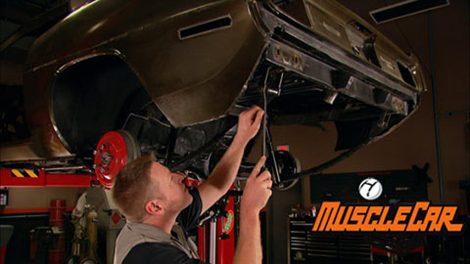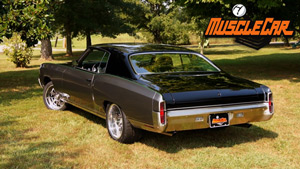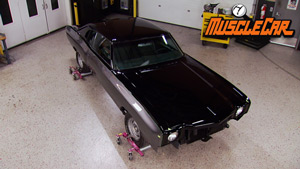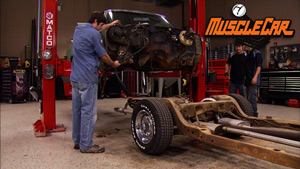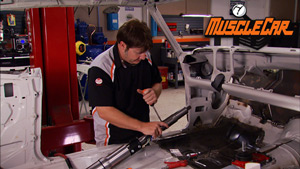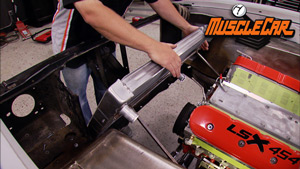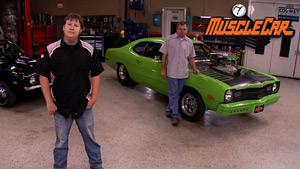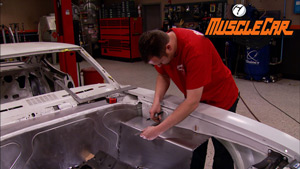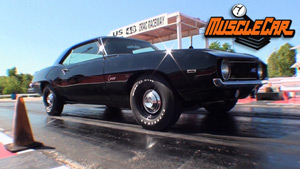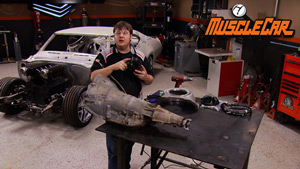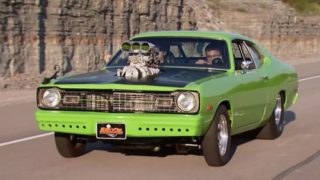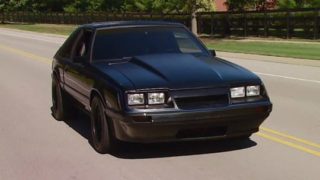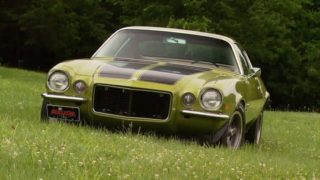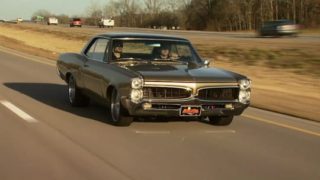MuscleCar Builds
Want more content like this?
Join the PowerNation Email NewsletterParts Used In This Episode
Currie Enterprises
9-PLUS Heavy duty round back housing, 3.50 ratio, 31 spline Trac Lock differential, 9-PLUS nodular race case, 9-PLUS pinion support, 1330 short yoke, 31 spline axles 5x4.5" b/c.
Gearstar Performance Transmissions
Custom built 727 Torqueflite.
KnKut Performance Drills
6 pc. Double-ended Spot Weld Drill Kit.
Matco Tools
Pneumatic chisel and chisel sets.
O'Reilly Auto Parts
Wheel Spacers 5/16", 7/32", 7/16"
XV Motorsports
Front Suspension :XV Custom Valved Aluminum Body Monotube Adjustable Coil-Over Shock Absorbers 100% Dyno Tested ,XV Aluminum K-Member, XV Aluminum Upper Control Arms, Aluminum Lower Control Arms, Aluminum Spindles w/ Large Bearing Hubs, Aluminum Variable Rate Quick Ratio Power Rack & Pinion Steering,XV Aluminum Bump Steer Kit, Upper Control Arm / Upper Coil-Over Shock Mount,XV Spec Tubular Splined Anti-Roll Bar w/ Billet Arms, XV Billet Mounts For Anti-Roll Bar,Spherical Rod End A
XV Motorsports
Rear Suspension XV Custom Valved Aluminum Body Monotube Adjustable Coil-Over Shock Absorbers 100% Dyno Tested , XV Three Link Rear Billet Aluminum Lower Links,Adjustable Upper Link w/ Mount,XV Spec Tubular Splined Anti-Roll Bar w/ Billet Arms Mounted Through Frame Rails,Spherical Rod End Anti-Roll Bar End Links, Rear End Brackets Lower Link & Coil-Over Mount, Upper Link Mount, Panhard Bar Mount, Anti-Roll Bar End Link Mount,Upper Coil-Over Mount.
